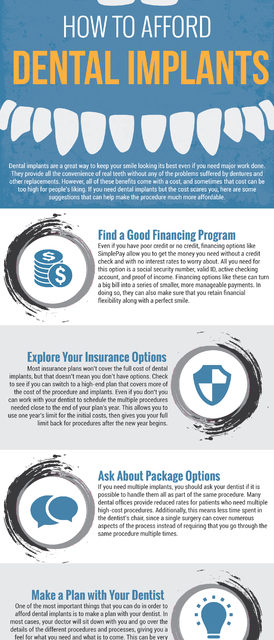Can’t Pay Your Full Tax Bill? Don’t Worry – The IRS Is Easy To Work With
Millions of people fall behind on their taxes every year, despite having Medicare and Social Security taxes automatically deducted from their paycheck. Although tax basics are easy to understand, specific circumstances can raise your tax liability.

For instance, having two jobs can bump you into a higher tax bracket and cause you to owe more than what’s being deducted from your paycheck. Other circumstances like capital gains and withdrawing from your 401k can increase the amount of taxes you owe. Some people, especially those who are self-employed, end up owing more than they can pay in one chunk, and that’s how they get behind.
The IRS wants to work with you
Thanks to Hollywood movies, many people fear owing money to the IRS, but the truth is, they’re easy to work with and their payment plans are easy to meet. In fact, when you sign up for a payment plan, you get to choose the monthly amount you want to pay.
Here’s some good news about common fears that come up at tax time:
- You don’t have to worry about having your property seized. If you file your tax return on time, make payment arrangements, and pay on time, you don’t need to worry about having your property seized by the IRS.
- You don’t have to worry about having to pay your bill in full on tax day. If you owe a large sum of money, there’s no need to panic. It’s not uncommon for people to make payments for up to 72-months.
With any payment plan, you’ll accrue monthly penalties on what you still owe. However, you won’t be hard pressed to give up your entire paycheck each month to meet an impossible payment schedule.
Be aware that there are two separate penalties – one for filing late and another for paying late, so you always want to file on time even when you can’t pay. As RISE outlines, the late filing penalty can accrue at a monthly rate of up to 5% of your unpaid tax bill (up to 25% maximum). Additionally, the late payment penalty accrues at a general rate of 0.5% of your unpaid tax bill per month, up to 25% of your total tax bill. If you file late and pay late, the maximum you can be charged for both penalties is 5% per month.
- You can choose your monthly payment amount. If you owe less than $50,000, you can set up a payment plan and choose the amount you can pay monthly. The IRS wants to make it easy for you to make your payments on time.
There are fees for setting up payment arrangements, but the fee is significantly less when you agree to have your payments automatically withdrawn from your bank account.
- You can make additional payments at any time. It’s important to set up your payment plan so you can meet your obligation no matter what. This might mean setting a low monthly payment. However, to get your bill paid off faster, it’s a good idea to send in additional payments whenever possible. This reduces your accrual of penalties and the amount of time it takes to pay off your bill.
- Future refunds will be applied to your outstanding tax bill. If you’re not done paying off last year’s taxes, and you’re owed a refund this year, the IRS will automatically apply your refund to your outstanding tax bill.
How to contact the IRS
Getting in touch with the IRS to resolve your tax debt is easy. There are five ways to contact the IRS: by phone, on their website, in person, by mail, and by fax.
Consider having your returns professionally prepared to reduce your next bill
You may have heard that roughly 76 million Americans have no Federal income tax liability thanks to credits and deductions. They seem to have it easy, but if they receive a legal paycheck, they’ve been paying payroll tax to the government just like everyone else.
If you normally prepare your own taxes, talk to a tax professional next time to see if you qualify for any deductions and credits. Especially now, since President Trump has changed the tax laws.









